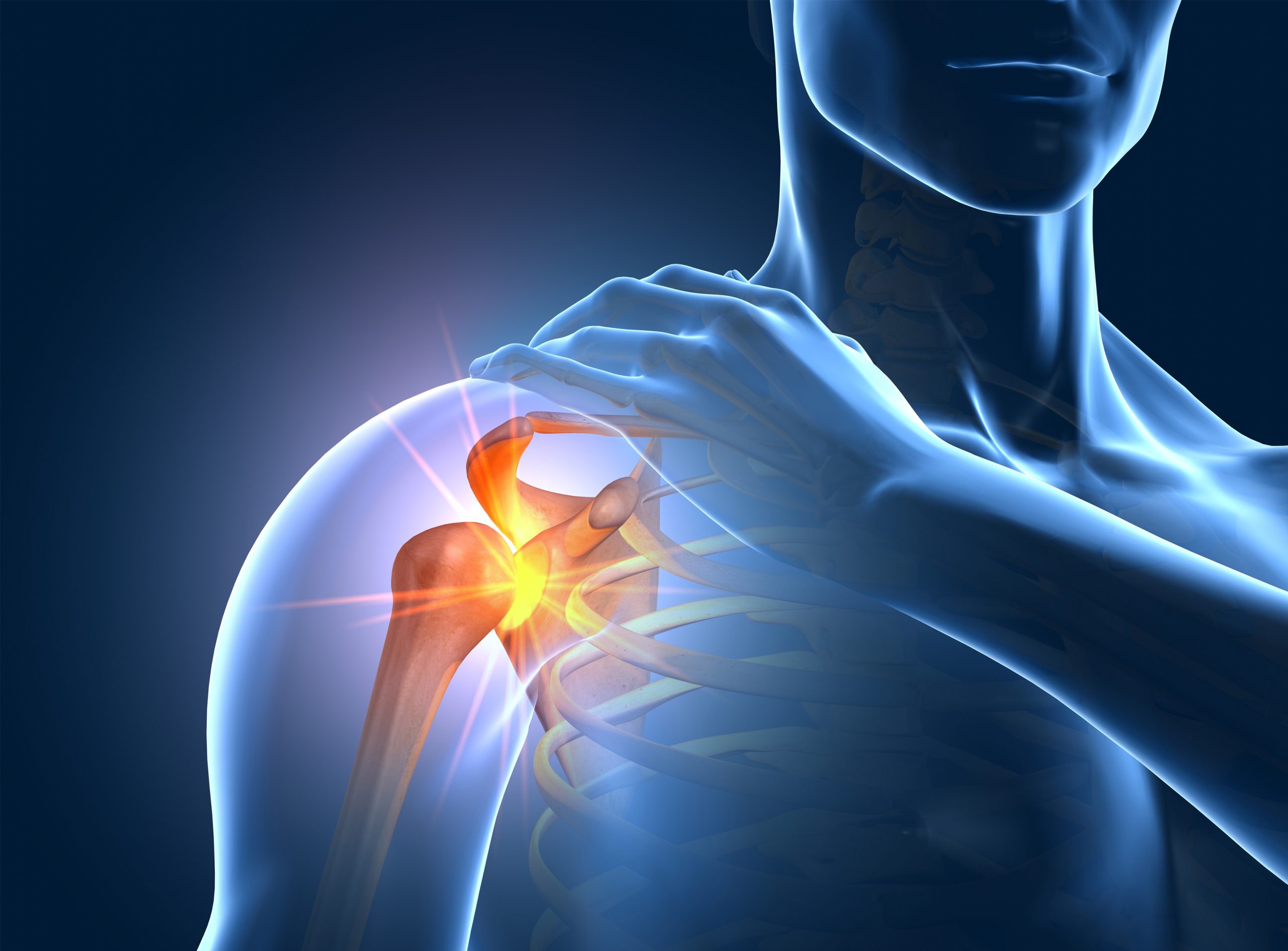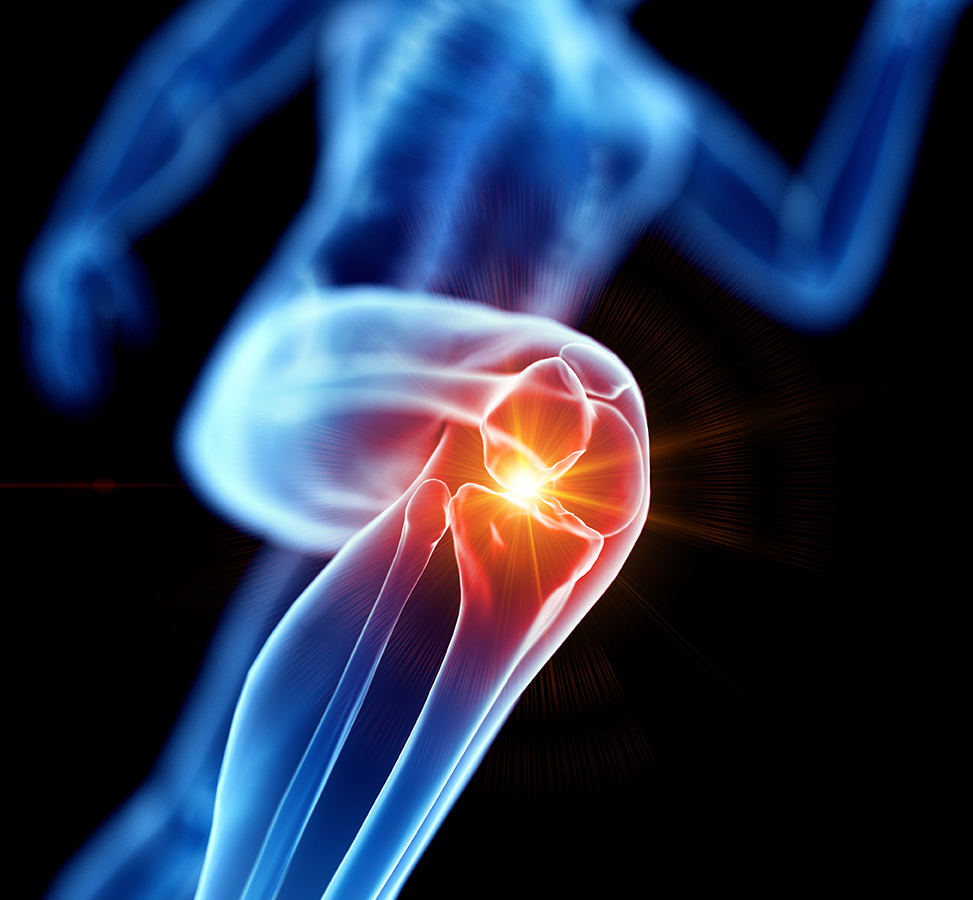

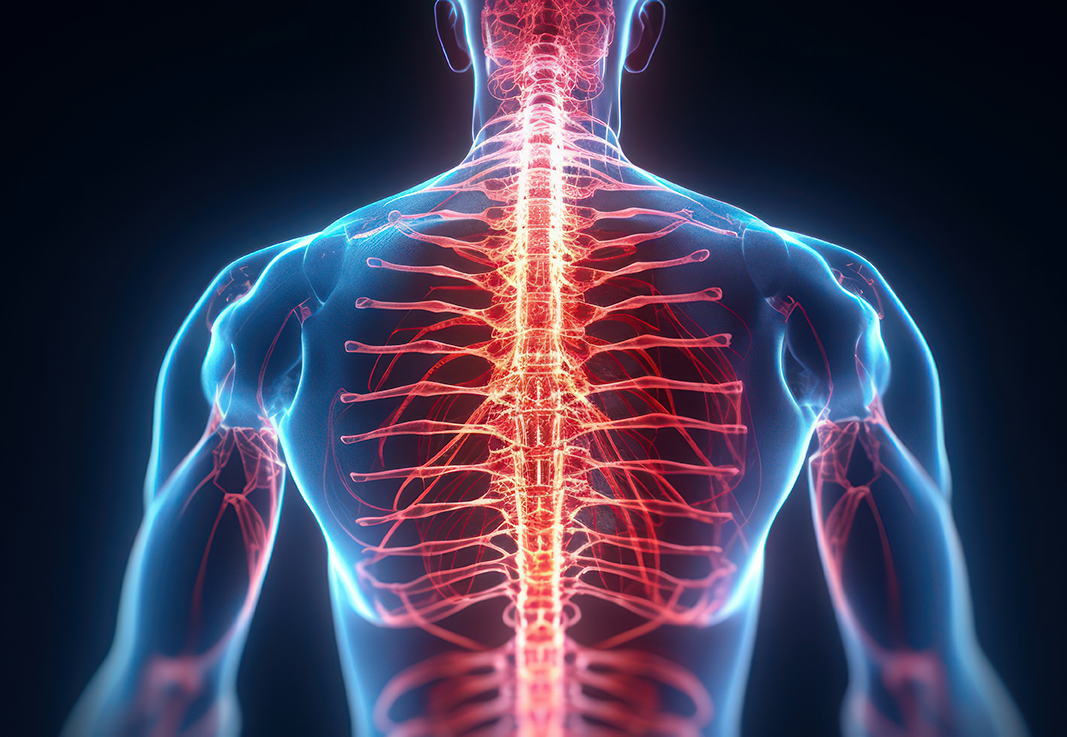
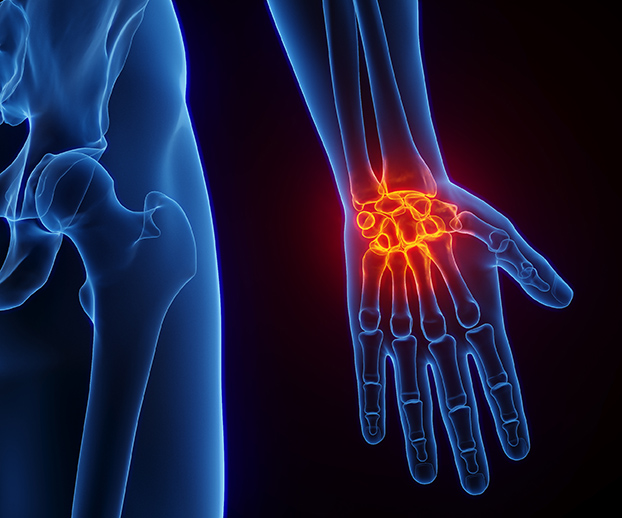
What does ultrasound do for Sport Injuries?
Musculoskeletal (MSK) ultrasound is a non-invasive imaging technique that utilises sound waves to produce images of muscles, tendons, ligaments, and joints throughout the body. It’s particularly useful for diagnosing and monitoring various injuries and conditions related to sports. If you are regularly active or involved in sporting activities, this page will provide you with a thorough overview of what the imaging from ultrasound can do in the diagnosis of injuries.
arm shoulder and wrist injuries often encountered by tennis players
Tennis is a sport that demands agility and precision, but it also places significant strain on the upper body, particularly the arm, shoulder, and wrist. Tennis players often encounter injuries in these areas due to the repetitive nature of the game. Musculoskeletal (MSK) injuries are the most common type of injury in tennis players, accounting for over 90% of all injuries. According to a recent study, the incidence rate of MSK injuries among professional tennis players is 30.8 injuries per 1000 player hours.
Musculoskeletal (MSK) Ultrasound is a game-changer in diagnosing and assessing these injuries. It offers real-time, dynamic imaging that allows healthcare professionals to visualise the soft tissues, tendons, ligaments, and joints with remarkable precision.
Whether it’s a shoulder impingement, a strained wrist, or a tennis elbow, ultrasound plays a vital role in providing athletes with swift and accurate diagnoses. This means tennis players can receive the right treatment and rehabilitation strategies tailored to their specific injury, ensuring a faster return to the court and minimising the risk of further damage. At London Private Ultrasound we specialise in using ultrasound to support tennis players in their journey to recovery and peak performance.
However, it’s crucial to differentiate between these injuries and other conditions such as ganglion cysts, which may appear as soft lumps near the wrist or hand. Tumours in the joint or surrounding tissues are rare but should be considered if there’s persistent discomfort.
Common arm, shoulder and wrist injuries related to playing tennis:
Ultrasound for ankle injuries
Ankle injuries are a common and unwelcome companion in the world of sports. Whether you’re sprinting on the track, cutting on the basketball court, or pivoting on the soccer field, the ankle is vulnerable to sprains, strains, and more serious injuries. These injuries can not only sideline athletes but also have lasting consequences if not treated properly. From minor twists to more severe ligament tears, the world of sports is fraught with ankle-related challenges. Prevention through proper conditioning and footwear is key, but when an injury occurs, seeking timely medical attention and adhering to a structured rehabilitation plan is essential.
Ultrasound technology plays a crucial role in the assessment and management of ankle injuries related to sports. Ultrasound allows for a detailed examination of the ankle’s soft tissues, ligaments, tendons, and joints in real-time, providing valuable insights into the nature and extent of the injury. This precision is vital in determining the most effective treatment and rehabilitation strategies. Whether it’s a sprain, tendonitis, or a more complex issue, ultrasound helps guide healthcare professionals in delivering personalised care, ultimately aiding in a quicker recovery and the safe return to sports activities. At London Private Ultrasound, we are dedicated to using ultrasound technology to support athletes in their journey to optimal health and peak performance, ensuring they can get back to doing what they love with confidence.

- Ankle Sprains
- Tendonitis
- Fractures
- Ligament Tears
Ultrasound for weights injuries
- Rotator cuff injuries
- Bicep tendon tears
- Fractures
- Pectoral muscle injuries
- Hernias
- Tendonitis in various locations
- Wrist and hand injuries, including ligament tears or fractures

Ultrasound technology is a valuable asset in the assessment and management of weight training injuries. Weightlifting, whether in competitive sports or as part of a fitness routine, places significant stress on the musculoskeletal system. Injuries such as muscle strains, ligament sprains, and joint inflammation are not uncommon.
Common weights injuries are a concern for individuals engaging in strength training activities. According to a recent study, the incidence rate of MSK injuries among competitive weightlifters is 28.9 injuries per 1000 athlete exposures These injuries often result from overexertion, improper technique, or lifting weights that surpass one’s capabilities. Muscle strains and sprains, especially in the lower back, shoulders, and knees, are frequent occurrences. Weightlifters may also experience tendonitis, particularly in the elbows and knees, due to the repetitive nature of lifting. Rotator cuff injuries are common among those performing shoulder-focused exercises. Back injuries, including herniated discs, can happen from improper form or lifting excessive weights. Knee injuries, such as patellar tendonitis and meniscus tears, are prevalent due to the stress placed on the knees during exercises like squats. Wrist and elbow injuries can develop from repetitive gripping and lifting. Proper form, warm-up routines, progressive weight increments, and adequate rest are crucial in preventing these weightlifting injuries.
Ultrasound provides the capability to immediately visualise these injuries, granting healthcare providers an intricate look at the impacted tissues and structures. This level of precision facilitates precise diagnosis and supports the creation of personalised treatment strategies, ultimately assisting weightlifters in safely and effectively returning to their training routines. Be it a minor strain or a more intricate problem, ultrasound guarantees that athletes receive the necessary care to recuperate and resume their path toward enhanced strength and fitness. Range of scans for training injuries
Ultrasound for golf injuries
MSK injuries constitute the predominant injury type among golf players, making up more than 70% of all reported injuries in the sport. Common golf injuries can affect both amateur and professional golfers, often arising from the repetitive and sometimes strenuous motions involved in the sport. One of the most prevalent injuries is golfer’s elbow (medial epicondylitis), characterised by pain and inflammation on the inner side of the elbow due to the repetitive swinging motion. Another common ailment is rotator cuff injuries, which can result from the rotational forces involved in the golf swing, leading to shoulder pain and limited mobility. Back pain and strains are also frequent among golfers, typically due to the torque generated during the swing. Additionally, wrist and hand injuries, such as tendonitis, can develop from the repetitive grip and impact with the ball. These injuries can disrupt a golfer’s game and overall quality of life.
- Golfer’s elbow (medial epicondylitis)
- De Quervain's tenosynovitis (wrist tendonitis)
- Rotator cuff injuries
- Hip labral tears
- Knee meniscal tears or ligament injuries
- Wrist sprains or strains
Ultrasound technology is a valuable tool in the assessment and management of injuries commonly associated with golf. It provides detailed insights into the extent and location of injuries, enabling healthcare professionals to tailor treatment plans effectively. Whether it’s a minor strain or a more complex issue, ultrasound ensures that golfers receive the care they need to return to the greens swiftly and regain their swing with confidence.
Ultrasound for running injuries
Running is a popular form of exercise and competition, but it also comes with its share of potential injuries. Common running injuries include shin splints, which result from overuse and often manifest as sharp pain along the shinbone; runner’s knee, characterised by pain around or behind the kneecap; and Achilles tendonitis, involving inflammation and discomfort in the Achilles tendon. Stress fractures can occur due to repetitive stress on bones, particularly in the shins or feet. Plantar fasciitis, a condition causing heel pain, and iliotibial (IT) band syndrome, which results in pain on the outer knee, are also frequent running-related ailments.
Ultrasound plays a vital role in the assessment and management of running injuries. It provides real-time, detailed imaging of soft tissues, muscles, tendons, and joints, making it particularly valuable in diagnosing and monitoring conditions such as Achilles tendonitis, stress fractures, and ligament strains common in runners. By offering precise insights into the nature and extent of these injuries, ultrasound guides healthcare professionals in tailoring treatment plans.
- Stress fractures
- Achilles tendonitis or tears
- Plantar fasciitis
- Ankle sprains or strains
- Muscle strains (like hamstring or calf strains)
- Meniscal tears or ligament injuries in the knee
- muscle imbalance issues
Ultrasound for Football injuries
Football, a physically demanding sport that combines elements of speed, power, and agility, is associated with a range of musculoskeletal injuries. It is estimated that approximately 100,000 football players worldwide were affected by MSK injuries in 2022. This number is likely to be similar in 2023.
Common football-related injuries often involve the lower extremities and include sprained ankles, which can occur during abrupt changes in direction or tackles. Knee injuries, such as anterior cruciate ligament (ACL) tears, are also prevalent, often resulting from rapid deceleration or twisting motions. Hamstring strains can sideline players due to the sprinting and kicking involved in the game. Shoulder and clavicle fractures can occur during tackles or falls. Musculoskeletal (MSK) ultrasound is an invaluable tool in diagnosing football-related injuries.
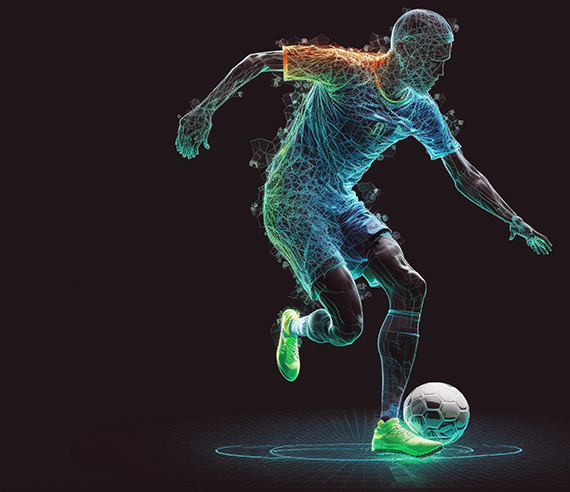
- Ankle Sprains and strains
- Meniscal tears
- Fractures
- Ligament Tears
- Achilles tendonitis or ruptures
- Groin strains
- Anterior or posterior cruciate ligament (ACL/PCL) injuries
London Private Ultrasound Musculoskeletal Services
As a specialised private Musculoskeletal (MSK) ultrasound practice we offer a specialist sports injury clinic, we take pride in offering top-tier diagnostic services tailored specifically to sports injuries. Our dedicated team of MSK ultrasound experts understands the unique demands placed on athletes, whether professional or recreational, and we are committed to helping them achieve peak performance. Using state-of-the-art ultrasound technology, our sports injury clinics can accurately assess a wide range of sports-related injuries, including ligament sprains, muscle strains, tendonitis, and stress fractures. Our real-time imaging capabilities provide detailed insights into the nature and extent of injuries, enabling us to provide information about your injury. This will assist the physiotherapist or other healthcare professionals in crafting personalised treatment plans that align with athletes’ individual needs.
At London Private Ultrasound, we are passionate about facilitating speedy recoveries and helping athletes return to their chosen sports stronger than ever. Your journey to optimal performance starts here. Whatever your cause for concern we are able to provide advanced technology scans to locate and identify the cause of the problems you are experiencing and can provide direct advice, consultation and reports. This type of imaging can be extremely useful if you are training and competing and need to provide additional information to a physio or other medical professional for detailed 3D imaging.

